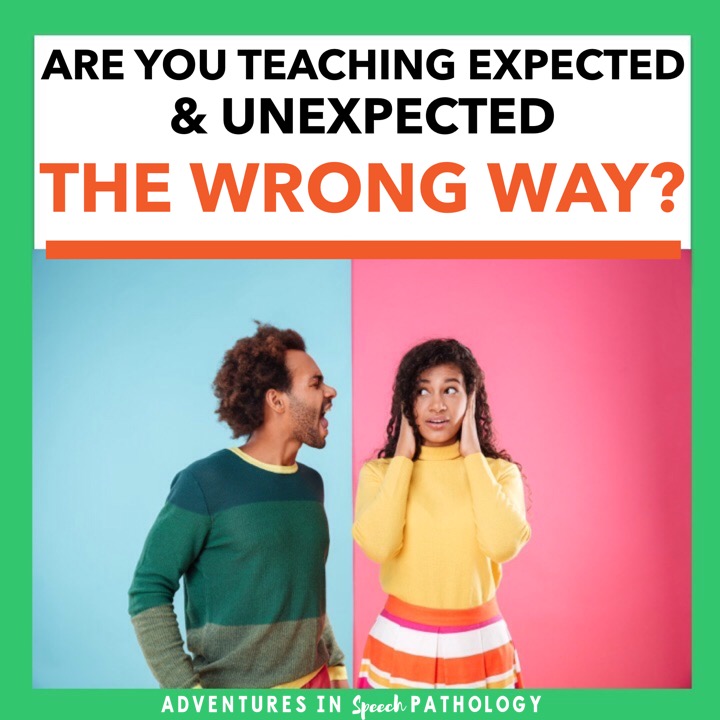
If there ever was a buzzword in the last few years to use with any of your social students, it has got to be “expected” and “unexpected.” These two words, coined by Michelle Garcia Winner and the Social Thinking team as part of their larger Social Thinking® Vocabulary, changed the way we thought and taught social communication and thinking. I mean, just type in these two terms in any search engine and you will get bombarded. Everything went as expected… right? Your students reacted to things that were unexpected, they were able to use the words and they knew the difference between the two. You thought that these two words were all your kids needed, didn’t you? So did I.
Until it didn’t work. That was unexpected.
I now know why it’s not working. The We Thinkers! Volume 2 curriculum book told me:
When we’re in a group we are thinking with our eyes, putting our body in the group, using whole body listening, and following the group plan. As a result, children begin to learn that in every social situation a range of behaviors are expected and unexpected.
Ohhhhhhhh…… so you mean that Social Thinking is sort of like following a developmental framework and that I skipped WAY too many steps? It makes sense. Think about your articulation kid. Do you go straight to working at conversation level and just expect that they’re gonna generalise that ”r” sound all because you teach them what to do with their tongue?
This is why I was teaching expected and unexpected the wrong way:
- I skipped the part about thoughts and feelings. Big oops. Especially when both We Thinkers! Volumes make it clear that ”thoughts and feelings sit at the core of our social learning.” Double oops. How did I miss this? How did I not connect the dots that perspective taking, making friends and just plain old play in general is underpinned by thinking and feeling? And if kids can’t understand their own and others’ feelings or even that I’m having thoughts about them then how is saying “unexpected” even supposed to be meaningful?
- I didn’t make my expectations clear. I wrote a blog post about the Group Plan, because THOSE two words changed everything for me. By not being obvious, I was actually setting my kids up to fail. If students don’t even know there is a ”plan”, then telling them that they were doing something unexpected just resulted in blank stares.
- I had no back-up strategy. I pull so many different facial expressions that I could probably quit my speech pathology gig and pursue mime full-time. If my students aren’t even looking at me, then they probably aren’t thinking about me. And that expression on my face is totally missed. And if it’s not missed, then they might not even understand what it means. It’s the eyes. I wasn’t thinking about the eyes and the role they play in helping us figure out what is going on and why. This was the back-up strategy that I needed, and what my kids need to understand for the rest to make sense to them.
- I thought that some non-verbal stuff wasn’t a priority. Have you ever written a social story about personal space? Of course you have. And….? It didn’t do much, right? Personal space isn’t about ”not” touching someone. It’s about sharing space – your presence- effectively. Thinking even bigger now-when your body leaves, or is out of the group, that action, that behavior can make it clear to everyone else (but the child) that they are following their own plan and not that of the group. I’m guilty of using “unexpected” in this context. But if the student isn’t thinking about his or her body and the messages that it sends, then using unexpected probably won’t be that effective.
- I fought my battles and let the fidgeting and wriggling slide. I didn’t teach the importance of listening with your whole body. And saying it once or twice doesn’t count. If the whole body isn’t listening, then lots of tiny messages, thoughts and feelings are missed. How can kids figure out or even understand if they were doing the expected/unexpected thing if they have all these mini gaps in what led up to the moment you pointed something out?
Once you understand the pieces of the puzzle, you see why ”expected” and “unexpected” can’t- or even shouldn’t- be isolated as stand alone words. I love that Social Thinking advocates for teaching in the moment, so yes, these concepts can and should be used when appropriate, but don’t stop there. Figure out the breakdown. Probe. And don’t assume that your students know it all.
The We Thinkers! Volume 1 Social Explorers resource is essential. It’s a must-have if you believe in the potential for ”expected” and “unexpected” because it covers five core concepts: Thinking Thoughts and Feeling Feelings, Group Plan, Thinking With Your Eyes, Body in the Group, and Whole Body Listening. For some extra reading: Why do we use the expected-unexpected Social Thinking vocabulary?, Are you teaching deeply, or redirected behavior? Using the Social Thinking terms expected and unexpected.
FYI: We Thinkers! Volume 2 Social Problem Solvers explores more advanced Social Thinking concepts and vocabulary such as: Hidden Rules and Expected and Unexpected Behaviors, Smart Guess, Flexible and Stuck Thinking, Size of the Problem, and Sharing an Imagination.
Social Thinking provided me with a copy of We Thinkers Volume 1 & 2, and I’ve been spending my evenings having many ”aha” moments. All opinions are honest and mine.
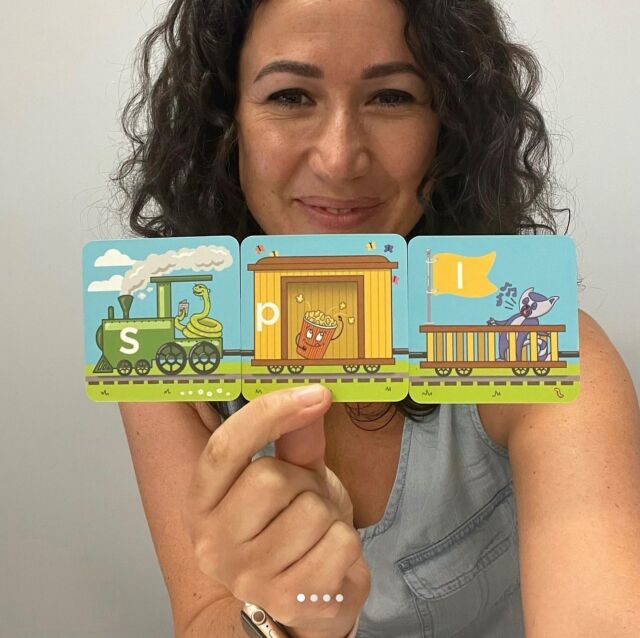
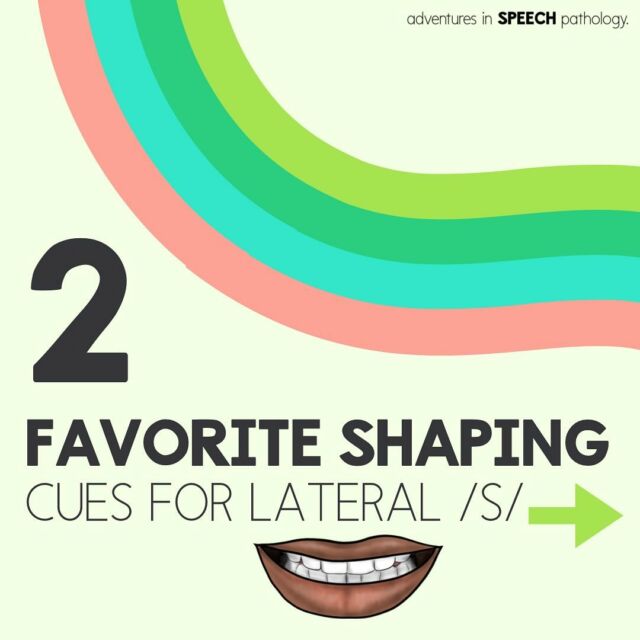
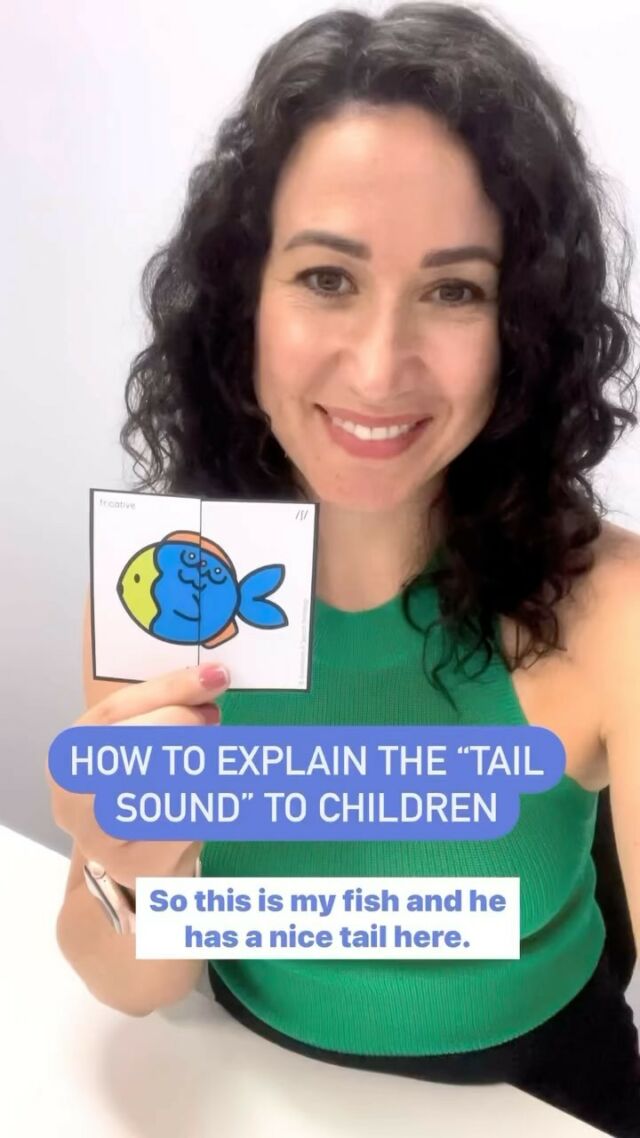
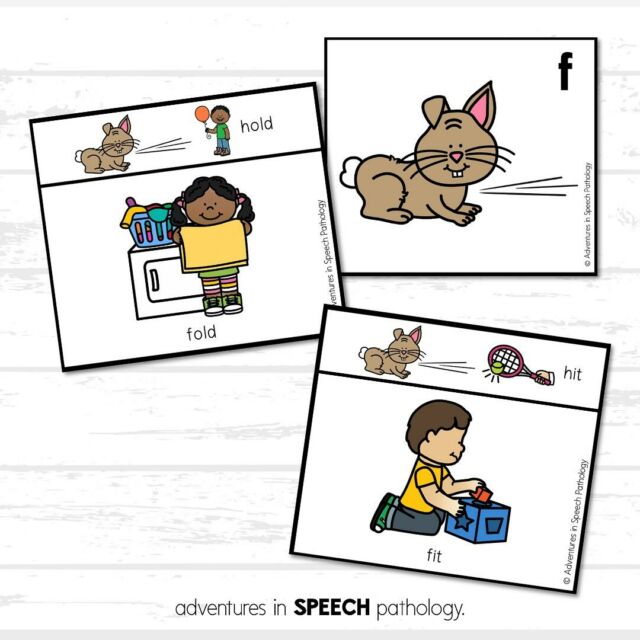
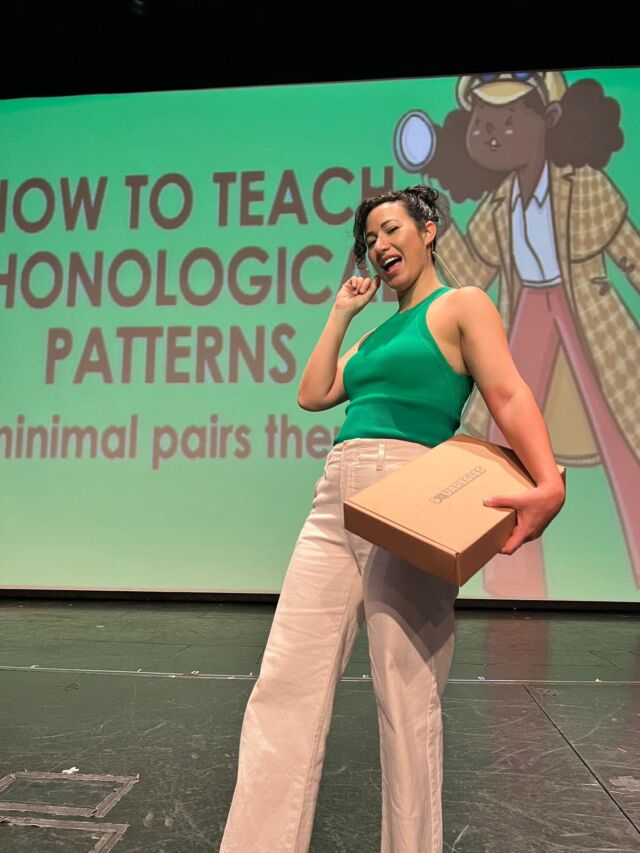
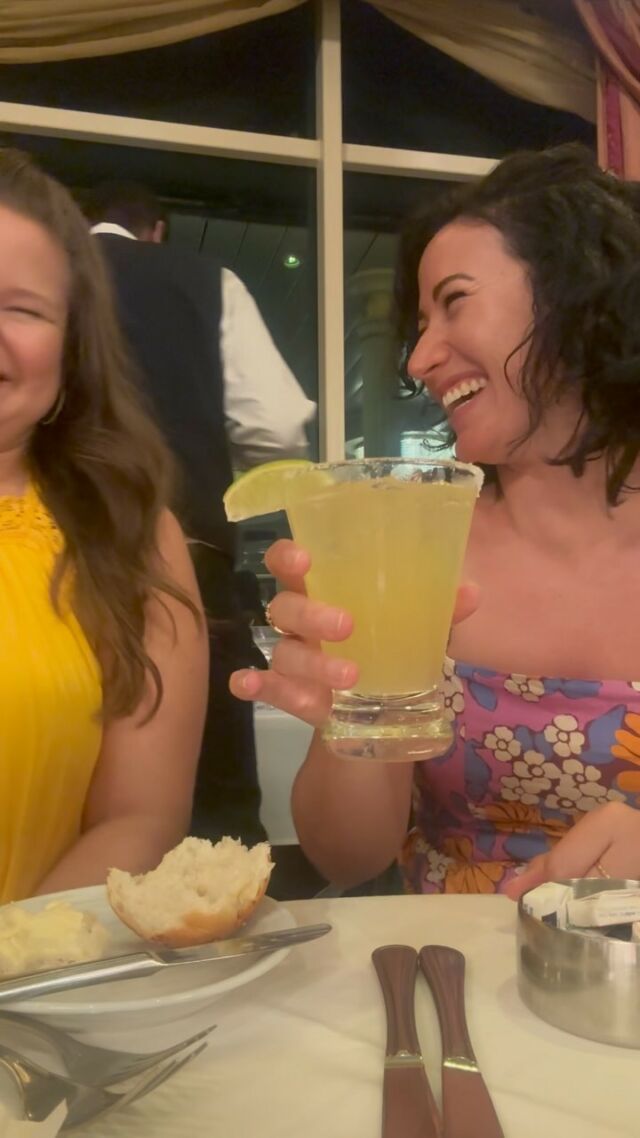
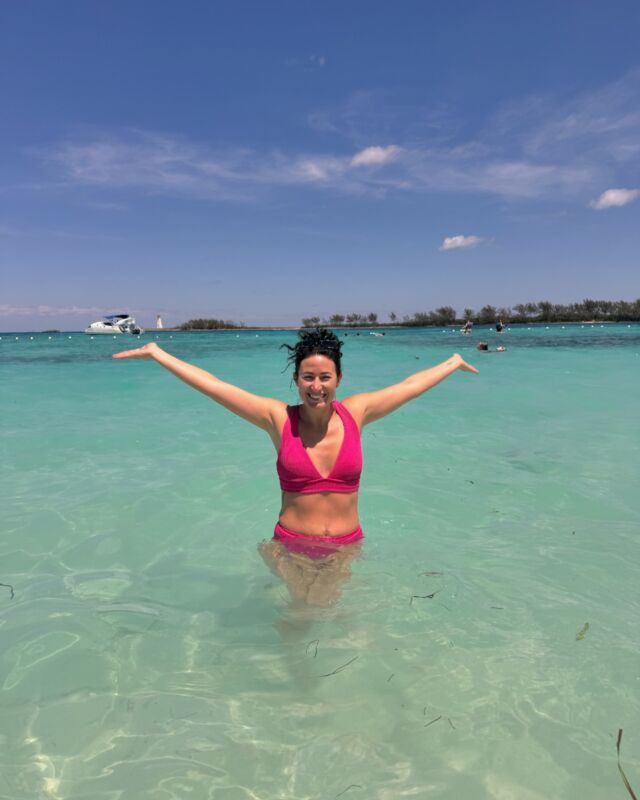
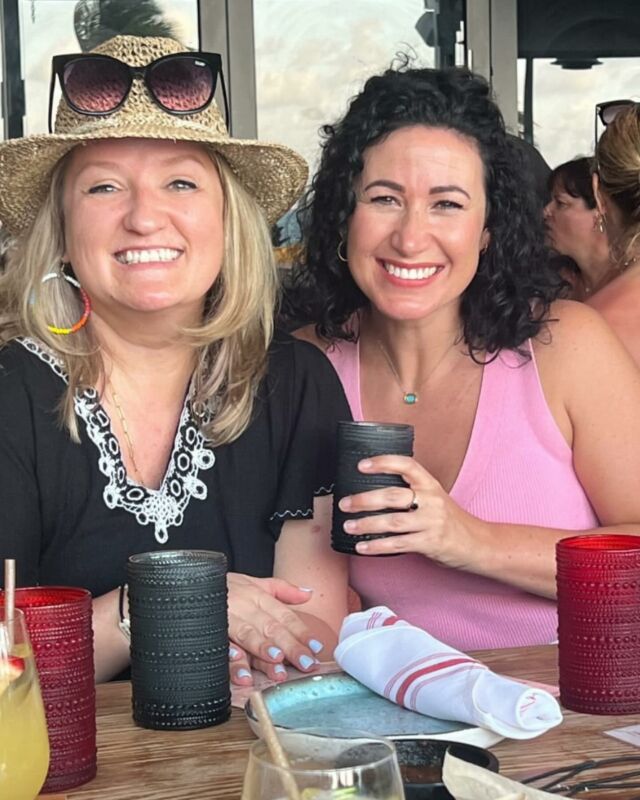
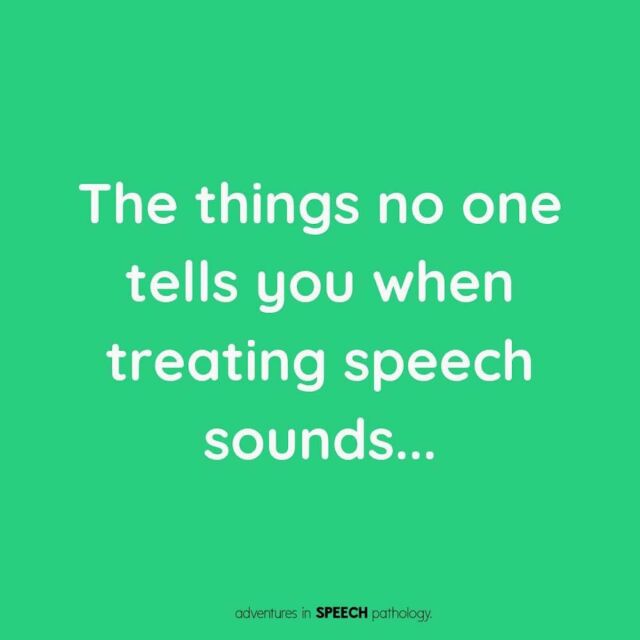
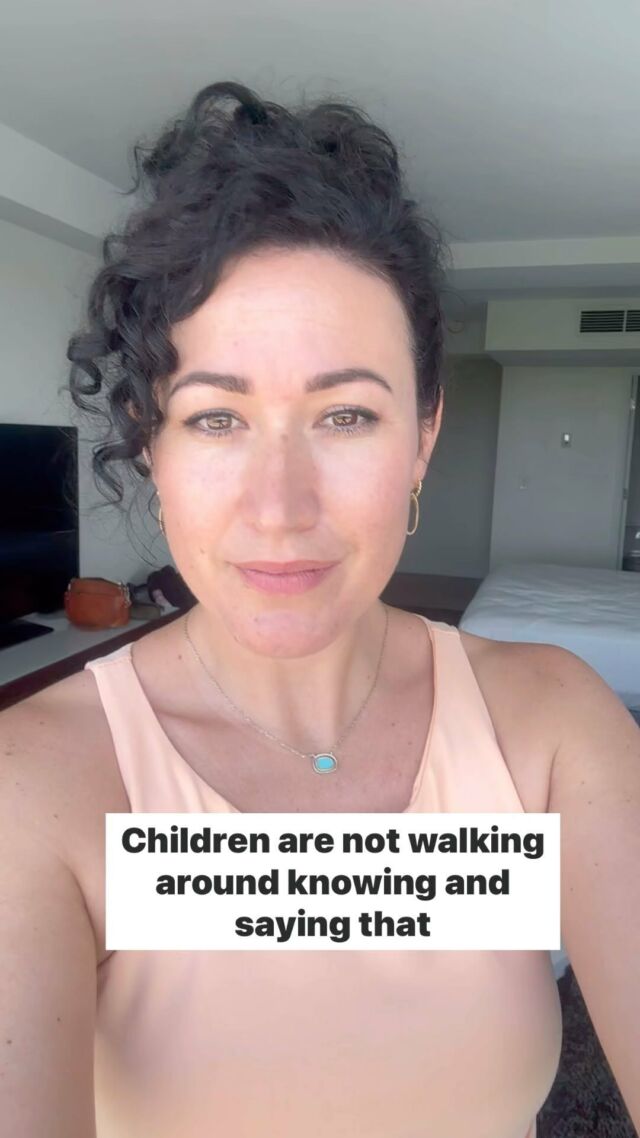

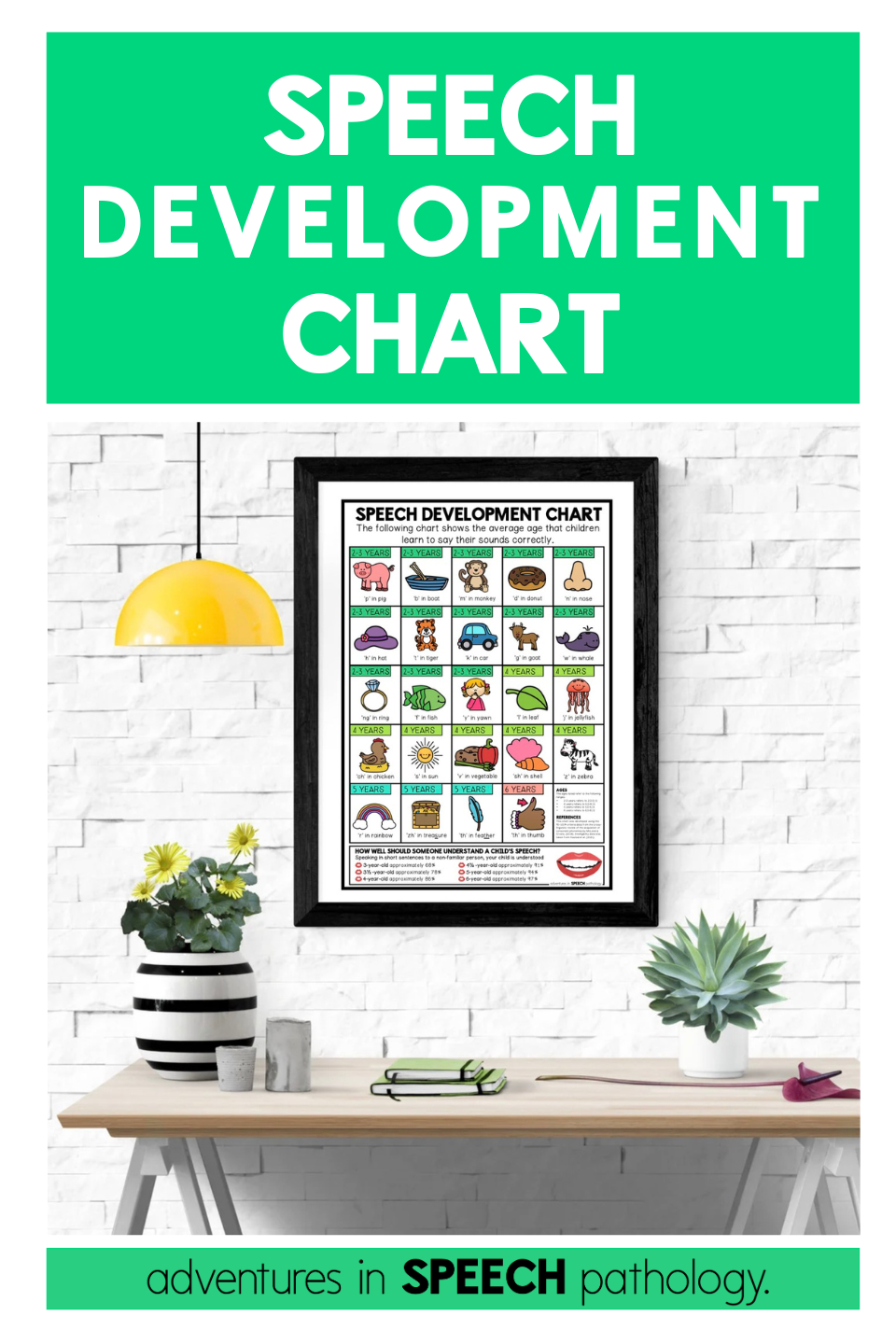
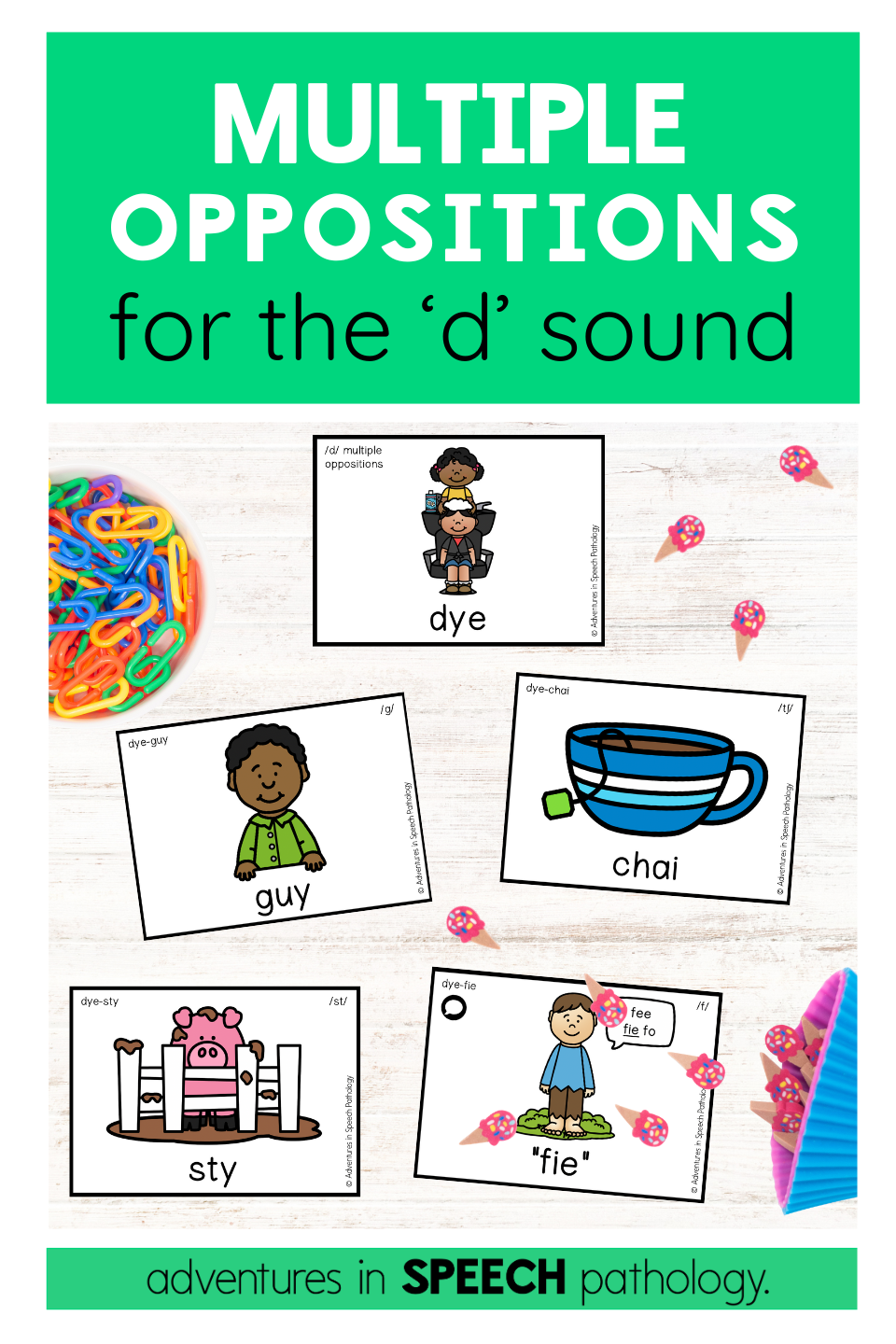
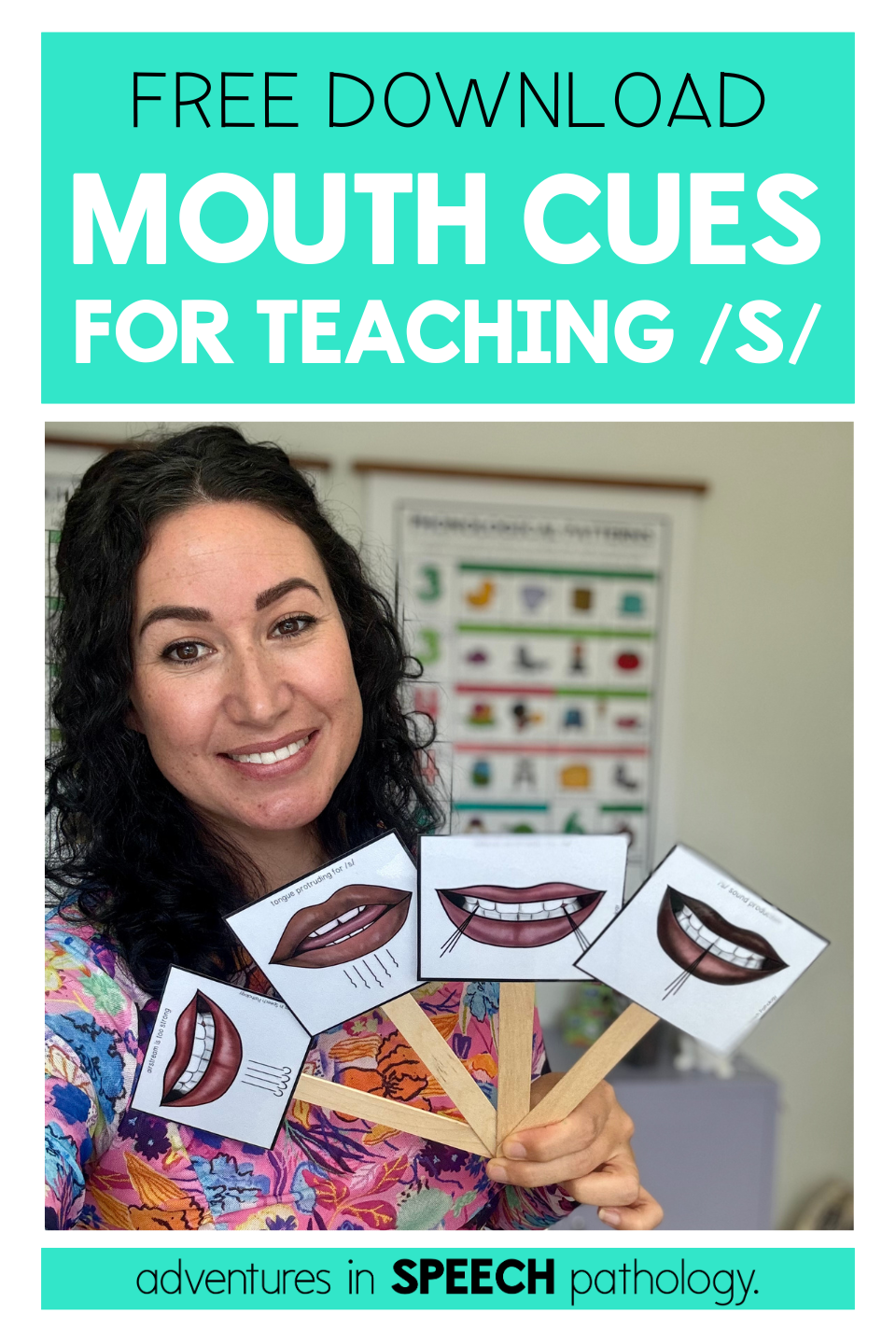

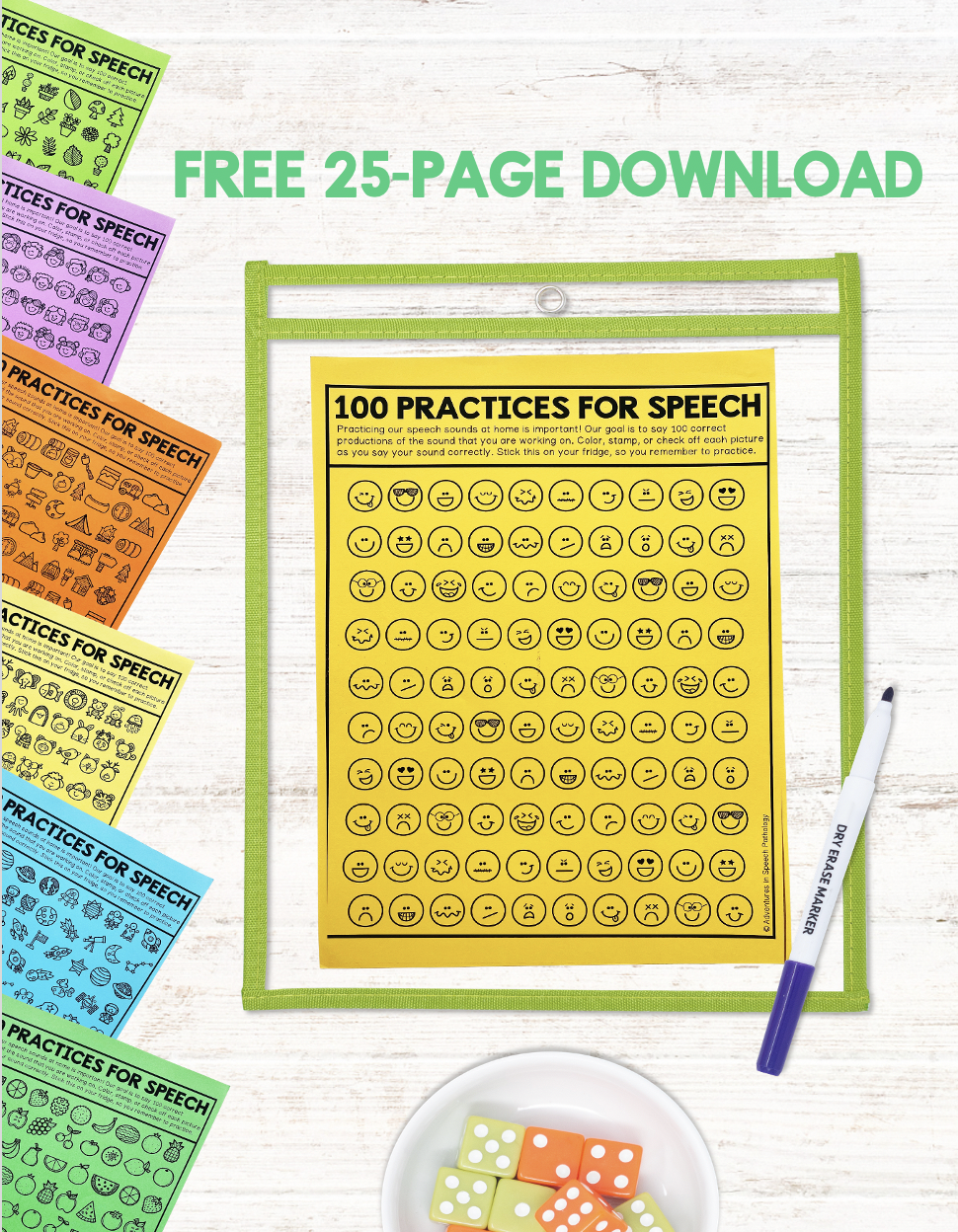
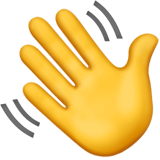
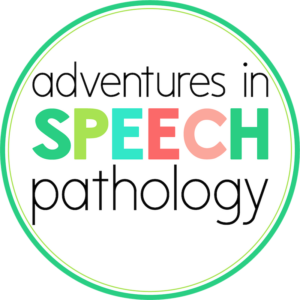
6 Comments
I am wondering if you have some fun and engaging activity ideas to teach High Functioning ASD preschool/kindergarteners about thoughts and feelings…I always get caught up here, and can’t seem to come up with fun ways to teach the concept.
Hi Kelly,
I just came back from a three day training at the Social Thinking headquarters and got to observe lots of groups. The biggest surprise I had was that books were weaved into every session, and it makes sense – they are visual, there are the auditory opportunities. You can act out characters, talk about eye gaze and facial expressions and then act characters out. The kids had a ball!!! My big take home was that teaching ‘social’ should be simple and obvious.
This is so great! It took me several months of using the expected/unexpected language before I stopped equating it with good/bad, appropriate/inappropriate, as value judgements. It helped to think along the same lines as “all zones are ok!”. That was another hard one. It’s not easy to look at behavior without judgement, it’s such an ingrained idea that all behavior is willful and it’s a matter of choice. Once you see it click for a “misbehaving” kid, when they can communicate through words and expected behaviors, it’s easy to see that all behavior is communication!
Love your insight and yes! yes! yes! I also think it can be a big learning curve for us to acknowledge that maybe we weren’t doing things the right way. I really love you final thoughts that all behavior is communication.. it’s so easy to forget 🙂
I have the originals, Incredible Flexible You, and love them. Nothing frustrated me more than walking down the hall and hearing EVERYONE commenting on the “unexpected” behaviors of their students. Nothing exists in a vacuum! Great post.
Yes, yes, yes! They are such powerful terms… only when they are taught correctly!